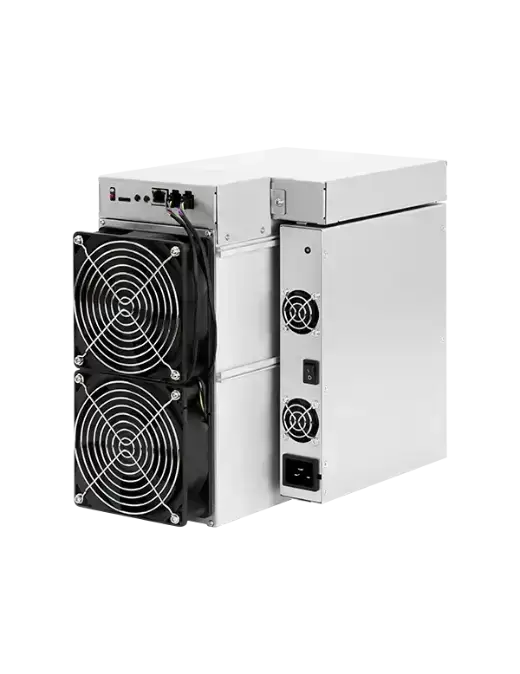A frequent topic of inquiry we encounter involves understanding the distinctions between the NVIDIA DGX and NVIDIA HGX platforms. Despite the resemblance in their names, these platforms represent distinct approaches NVIDIA employs to market its 8x GPU systems featuring NVLink technology. The shift in NVIDIA’s business strategy was notably evident during the transition from the NVIDIA P100 “Pascal” to the V100 “Volta” generations. This period marked the significant rise in prominence of the HGX model, a trend that has continued through the A100 “Ampere” and H100 “Hopper” generations.
NVIDIA DGX versus NVIDIA HGX What is the Difference
Focusing primarily on the 8x GPU configurations that utilize NVLink, NVIDIA’s product lineup includes the DGX and HGX lines. While there are other models like the 4x GPU Redstone and Redstone Next, the flagship DGX/HGX (Next) series predominantly features 8x GPU platforms with SXM architecture. To understand these systems better, let’s delve into the process of building an 8x GPU system based on the NVIDIA Tesla P100 with SXM2 configuration.

DeepLearning12 Initial Gear Load Out
Each server manufacturer designs and builds a unique baseboard to accommodate GPUs. NVIDIA provides the GPUs in the SXM form factor, which are then integrated into servers by either the server manufacturers themselves or by a third party like STH.
DeepLearning12 Half Heatsinks Installed 800
This task proved to be quite challenging. We encountered an issue with a prominent server manufacturer based in Texas, where they had applied an excessively thick layer of thermal paste on the heatsinks. This resulted in damage to several trays of GPUs, with many experiencing cracks. This experience led us to create one of our initial videos, aptly titled “The Challenges of SXM2 Installation.” The difficulty primarily arose from the stringent torque specifications required during the GPU installation process.
NVIDIA Tesla P100 V V100 Topology
During this development, NVIDIA established a standard for the 8x SXM GPU platform. This standardization incorporated Broadcom PCIe switches, initially for host connectivity, and subsequently expanded to include Infiniband connectivity.

Microsoft HGX 1 Topology
It also added NVSwitch. NVSwitch was a switch for the NVLink fabric that allowed higher performance communication between GPUs. Originally, NVIDIA had the idea that it could take two of these standardized boards and put them together with this larger switch fabric. The impact, though, was that now the NVIDIA GPU-to-GPU communication would occur on NVIDIA NVSwitch silicon and PCIe would have a standardized topology. HGX was born.
NVIDIA HGX 2 Dual GPU Baseboard Layout
Let’s delve into a comparison of the NVIDIA V100 setup in a server from 2020, renowned for its standout color scheme, particularly in the NVIDIA SXM coolers. When contrasting this with the earlier P100 version, an interesting detail emerges. In the Gigabyte server that housed the P100, one could notice that the SXM2 heatsinks were without branding. This marked a significant shift in NVIDIA’s approach. With the advent of the NVSwitch baseboard equipped with SXM3 sockets, NVIDIA upped its game by integrating not just the sockets but also the GPUs and their cooling systems directly. This move represented a notable advancement in their hardware design strategy.

Consequences
The consequences of this development were significant. Server manufacturers now had the option to acquire an 8-GPU module directly from NVIDIA, eliminating the need to apply excessive thermal paste to the GPUs. This change marked the inception of the NVIDIA HGX topology. It allowed server vendors the flexibility to customize the surrounding hardware as they desired. They could select their preferred specifications for RAM, CPUs, storage, and other components, while adhering to the predetermined GPU configuration determined by the NVIDIA HGX baseboard.
Inspur NF5488M5 Nvidia Smi Topology
This was very successful. In the next generation, the NVSwitch heatsinks got larger, the GPUs lost a great paint job, but we got the NVIDIA A100.
The codename for this baseboard is “Delta”.
Officially, this board was called the NVIDIA HGX.
Inspur NF5488A5 NVIDIA HGX A100 8 GPU Assembly 8x A100 And NVSwitch Heatsinks Side 2
NVIDIA, along with its OEM partners and clients, recognized that increased power could enable the same quantity of GPUs to perform additional tasks. However, this enhancement came with a drawback: higher power consumption led to greater heat generation. This development prompted the introduction of liquid-cooled NVIDIA HGX A100 “Delta” platforms to efficiently manage this heat issue.

Supermicro Liquid Cooling Supermicro
The HGX A100 assembly was initially introduced with its own brand of air cooling systems, distinctively designed by the company.
In the newest “Hopper” series, the cooling systems were upscaled to manage the increased demands of the more powerful GPUs and the enhanced NVSwitch architecture. This upgrade is exemplified in the NVIDIA HGX H100 platform, also known as “Delta Next”.
NVIDIA DGX H100
NVIDIA’s DGX and HGX platforms represent cutting-edge GPU technology, each serving distinct needs in the industry. The DGX series, evolving since the P100 days, integrates HGX baseboards into comprehensive server solutions. Notable examples include the DGX V100 and DGX A100. These systems, crafted by rotating OEMs, offer fixed configurations, ensuring consistent, high-quality performance.
While the DGX H100 sets a high standard, the HGX H100 platform caters to clients seeking customization. It allows OEMs to tailor systems to specific requirements, offering variations in CPU types (including AMD or ARM), Xeon SKU levels, memory, storage, and network interfaces. This flexibility makes HGX ideal for diverse, specialized applications in GPU computing.























